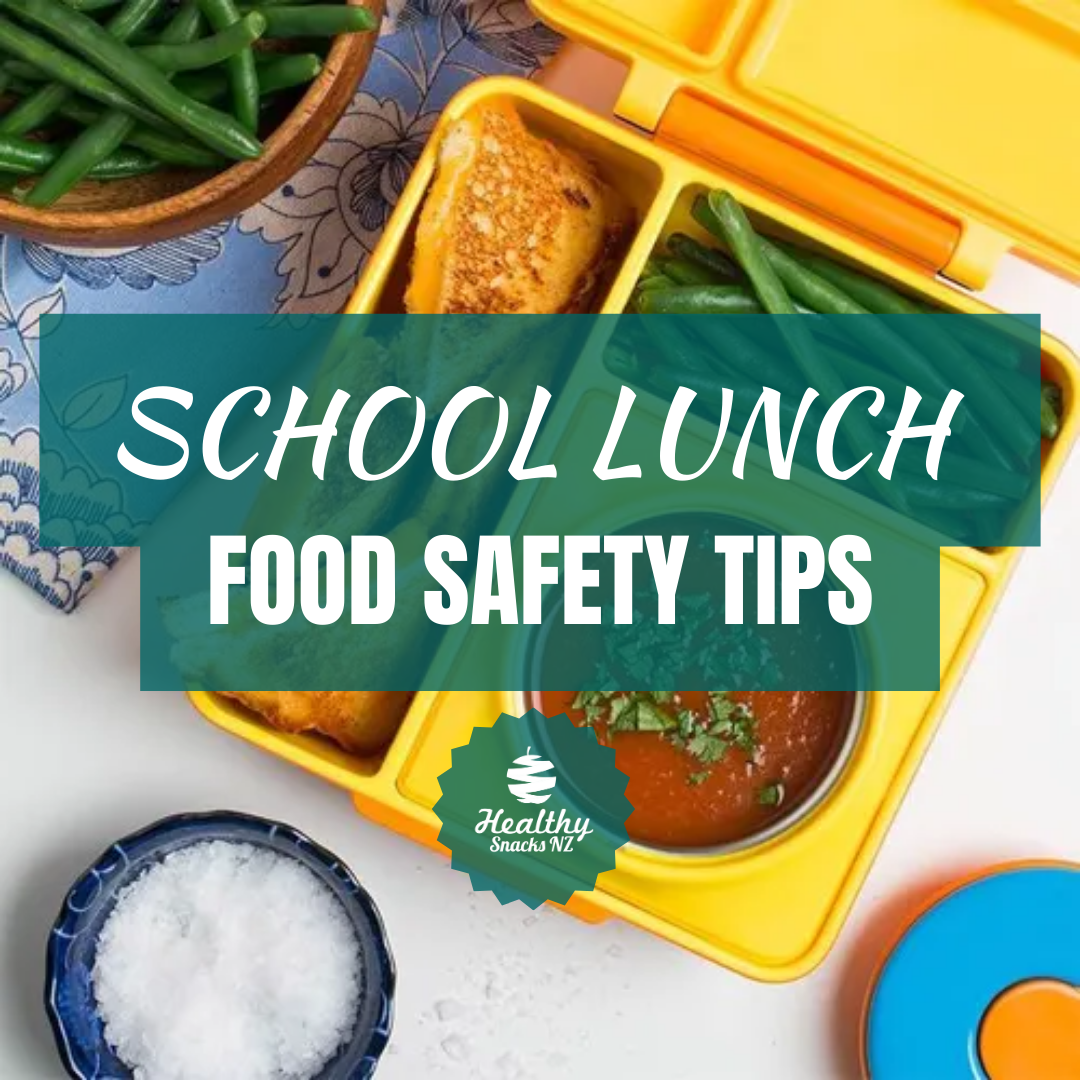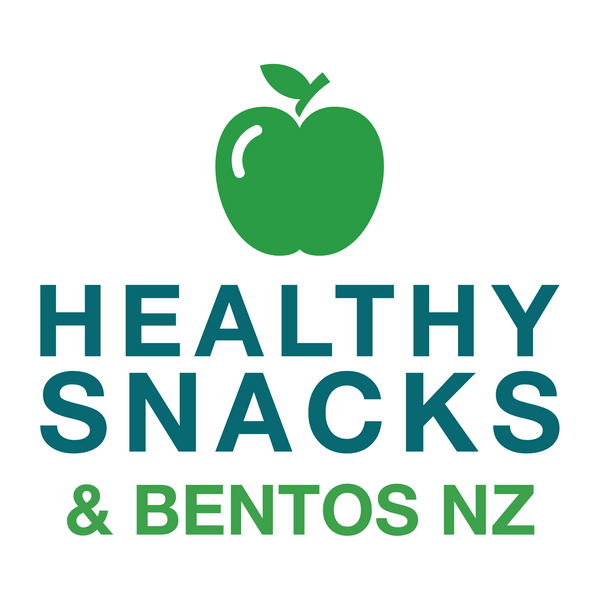
Is Your Child's Lunchbox Safe?
Have you ever wondered if your kids' lunchboxes are safe and pose no hidden dangers? Here are our top tips to ensure you keep your little ones safe and do not take any fun out of lunchtime.
Use a proper lunch box
Add an ice pack 
Toss in ice packs during the warmer months, especially when dairy and high-protein foods are provided. Pack your child’s lunch in an insulated lunch bag, as this will keep the ice frozen for longer.
Say goodbye to old lunch boxes
Broken, cracked, or discoloured lunch boxes should also be discarded immediately. They often provide a beneficial environment for the bacteria to grow and may no longer shield food from it. Bacteria and other external contaminants can enter through leaks and tears.
Keep it clean
Cool down food before packing
Ensure that you cool down the food before closing the lunchbox to avoid any risk of bacterial growth. Avoid packing hot foods in the lunchbox, as it will cause condensation and create a favourable environment for bacteria to multiply, especially if the lunchbox is left at room temperature for a few hours. Use a thermos or a food flask for packing warm meals.
Use an insulated thermos
Thermos is designed to keep foods like fried rice, macaroni and cheese, or soups warm until lunchtime. Pour piping hot foods immediately into an insulated thermos. For best results, preheat your thermos by filling it with boiling water, letting it sit for a few minutes, pouring out the water, and then adding your hot food.
Choose s tainless steel products (if possible)
tainless steel products (if possible)
Stainless steel bentos and drink bottles are made from safe, non-toxic materials that won't leach into food. They are hygienic, durable and easy to clean. Stainless steel products are environmentally friendly, nearly indestructible️ and will save you money in the long term.
Encourage kids to wash their hands
Stress the importance of washing hands before and after eating lunch. Hand washing is best, but wet wipes or hand sanitiser will also work in a pinch.

